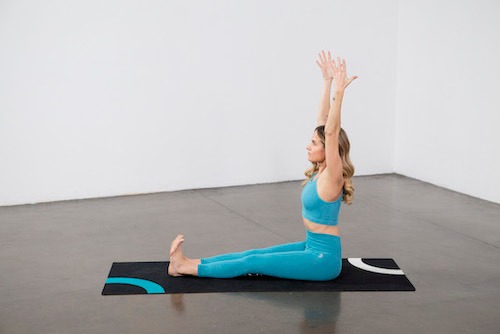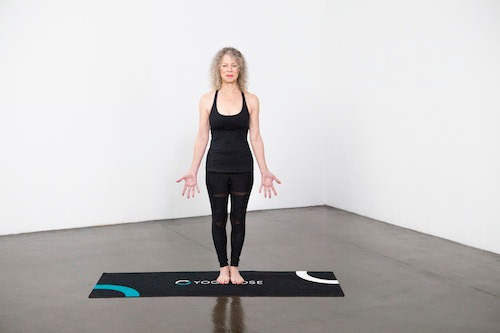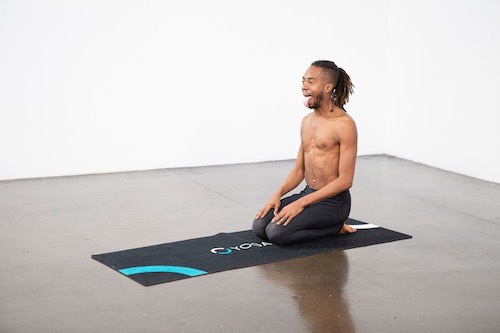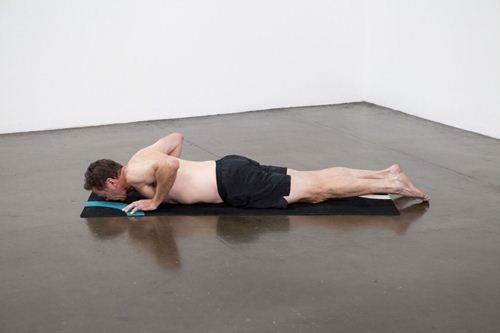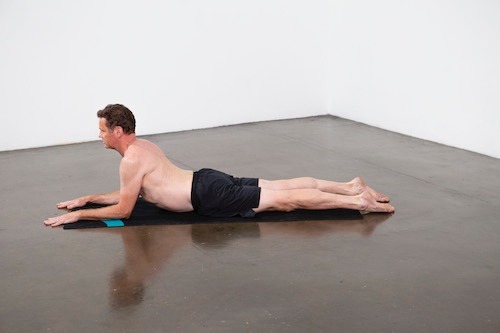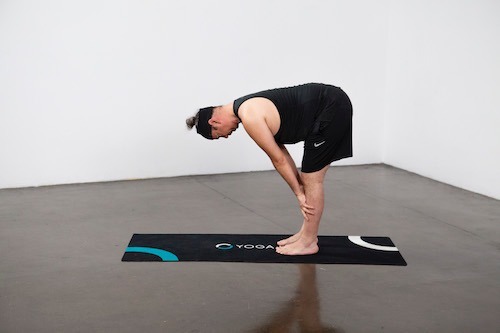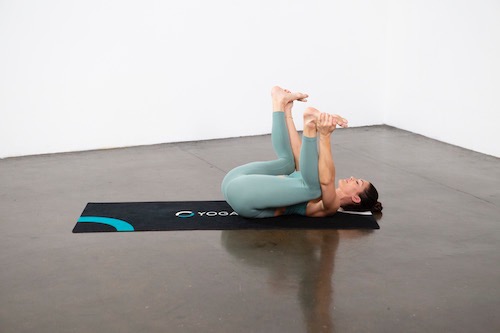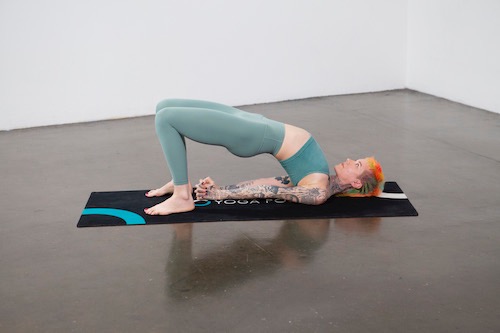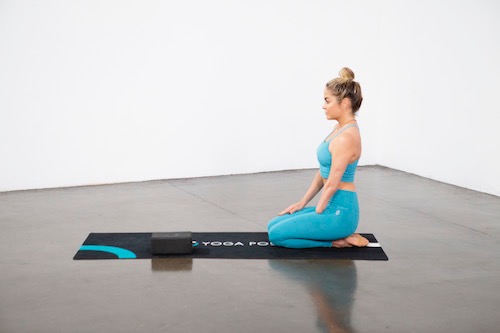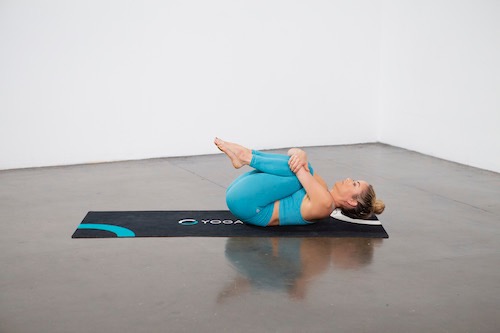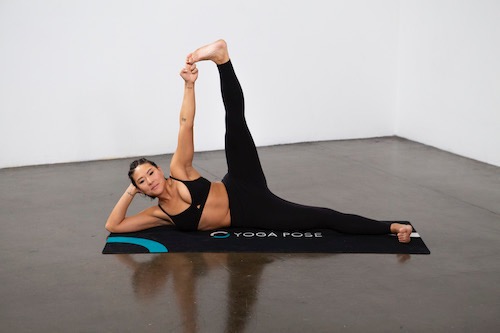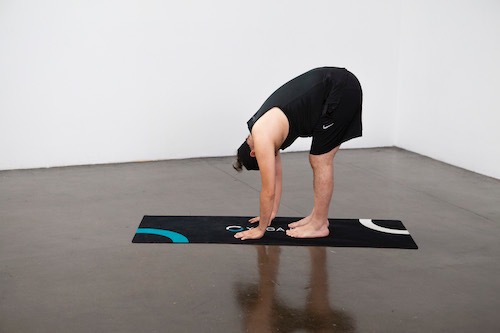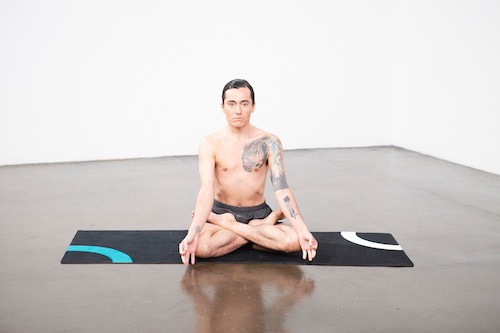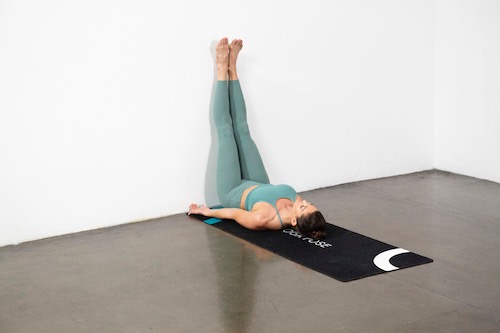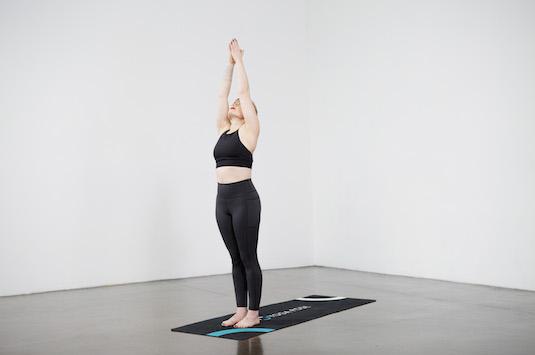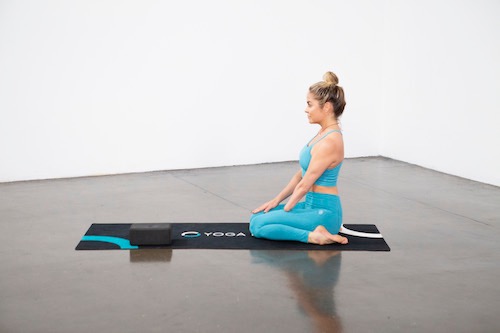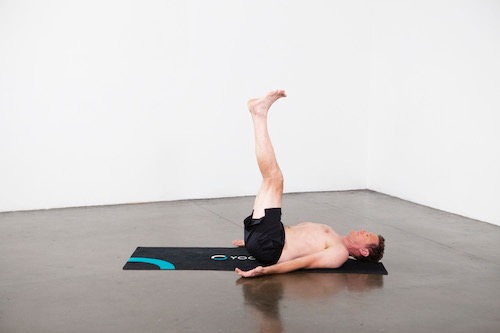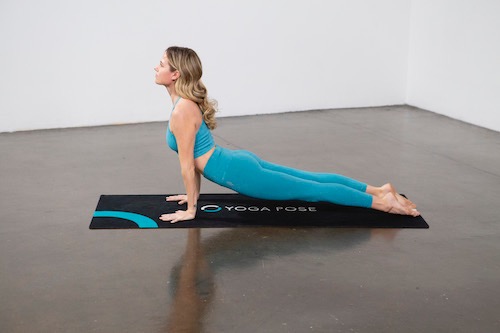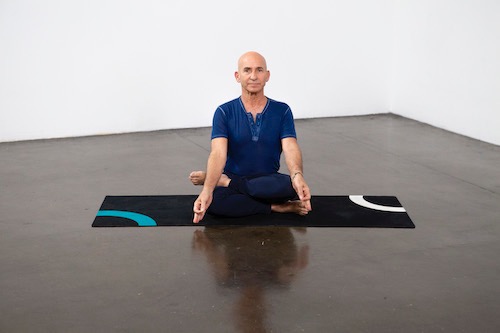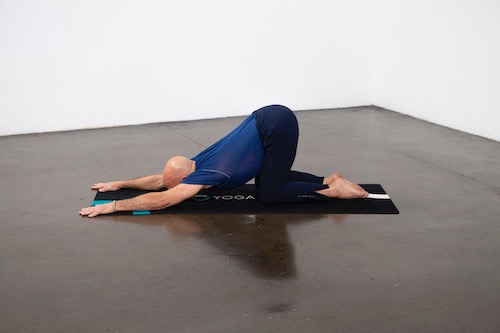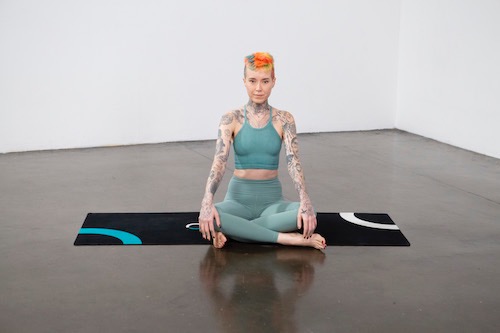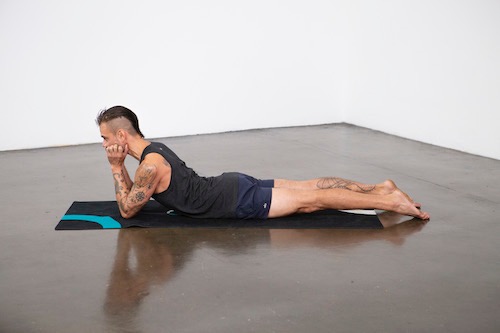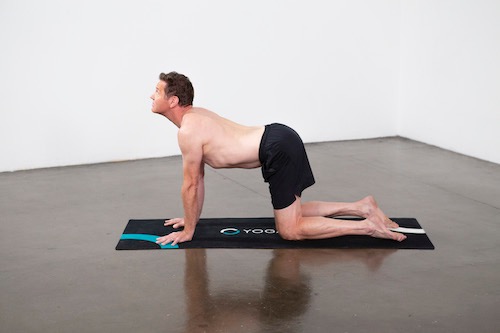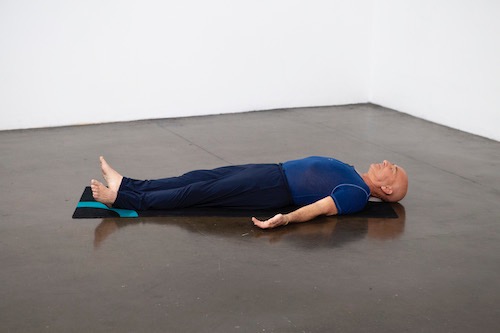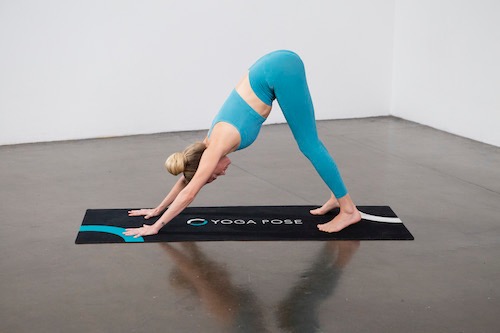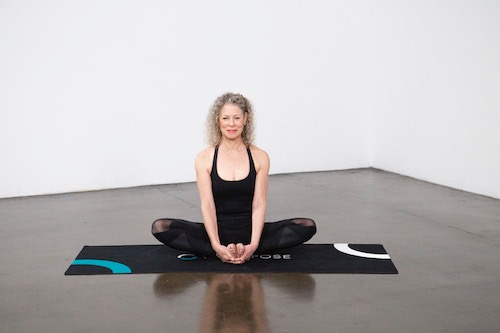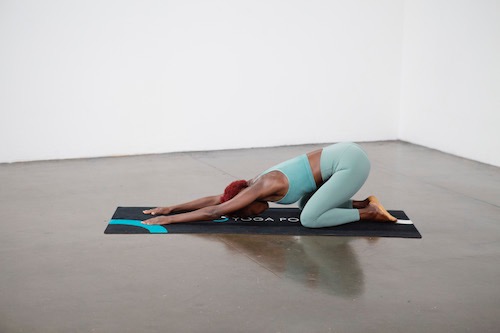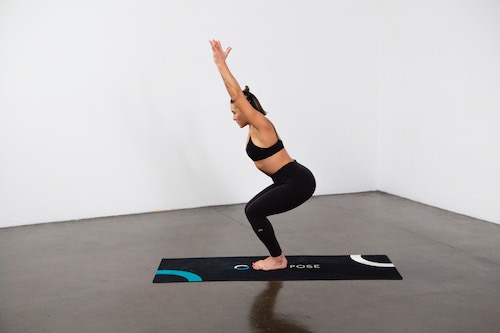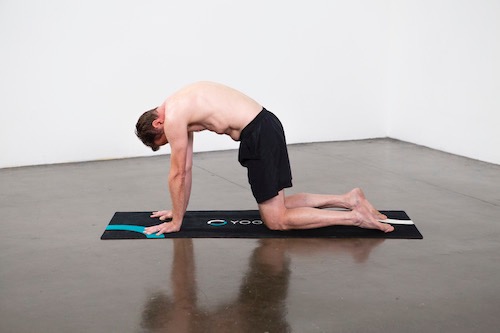Yoga poses for ...
Beginner Yoga Poses
Beginner Yoga Poses
There are numerous compelling reasons to incorporate yoga into your training regimen. Yoga enhances muscle tone, flexibility, and balance, as well as relaxation and stress reduction, thanks to its distinctive pranayama breathing, or breath management practice.
If you're new to yoga, the sheer number of poses and their strange-sounding names may overwhelm you. Relax, your yoga practice will last a lifetime, giving you lots of opportunities to learn dozens of postures. Yoga has been demonstrated in studies to reduce stress, anxiety, depression, and chronic pain, as well as improve sleep and overall well-being, and quality of life. Yoga is available in a variety of forms. Yoga is ideal for beginners because of the variety of types and simple prerequisites for practice. Yoga delivers physical and emotional healing and growth by combining breath, meditation, and movement with physical postures. You can advance to more difficult postures as you gain experience, but when you're first starting, it's best to keep things basic. It's natural to be frightened by the die-hard yogis who warm-up for the class with handstands if you're new to yoga. Handstands, to be precise. But keep in mind that everyone has to start somewhere. Even if this is your first day of exercising, your task is straightforward: Put on some form-fitting clothing (you'll be able to see your body position better — and avoid a fashion mishap) and learn these five basic poses: Staff Pose, Mountain Pose, Lion Pose, Reverse Corpse Pose, and Seated Twist Pose. Even if you don't see them all in every session, they'll help you get started and feel more comfortable doing yoga with your friends or family..
It's also healthy for just about everyone because it has so many established health advantages. So take your mat and practice the basic poses listed above; they will not only prepare you for more challenging yoga poses, but these poses also help you enhance your overall health.
